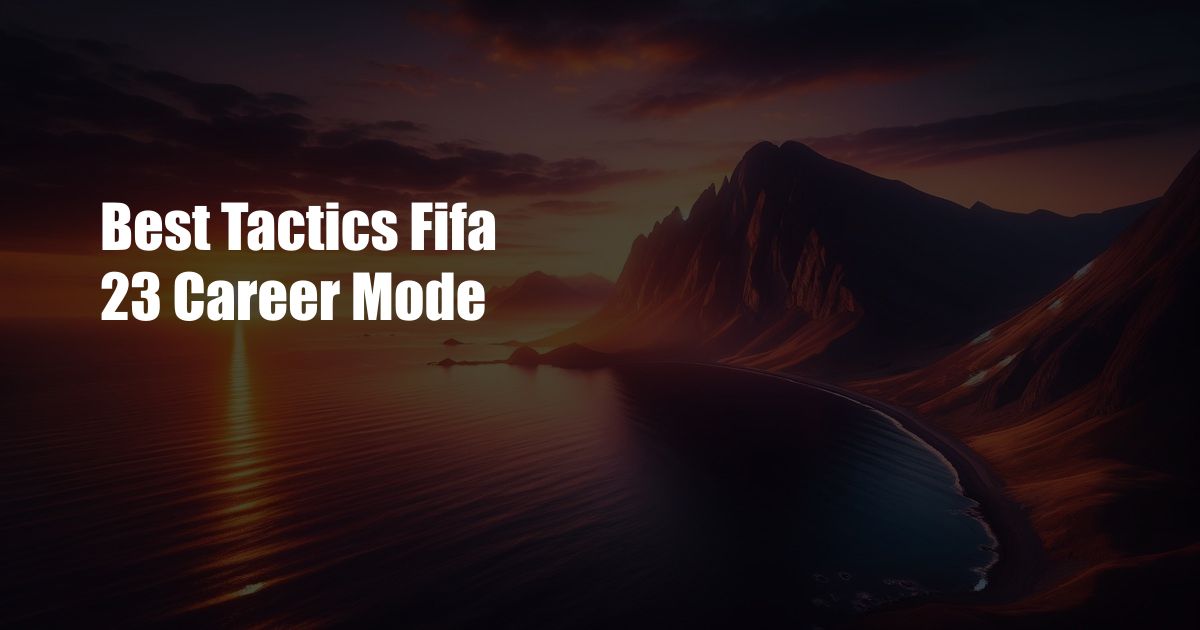
The Most Used Irons on the PGA Tour: A Comprehensive Guide
Have you ever wondered what irons the professionals use on the PGA Tour? In this article, we’ll dive into the world of golf equipment and explore the most popular irons among the game’s elite players. From classic blades to modern marvels, we’ll uncover the secrets behind their success.
Chasing Perfection: The Evolution of Golf Irons
The history of golf irons can be traced back centuries to the humble origins of the game in Scotland. Over time, these clubs have undergone a remarkable evolution, driven by the quest for perfection on the links. From the iconic hickory shafts of yesteryear to the sleek graphite models of today, irons have consistently pushed the boundaries of performance.
Unveiling the PGA Tour’s Arsenal
Today, the PGA Tour showcases a diverse array of irons, each tailored to the unique swing and preferences of the individual player. Despite this variety, a few models stand out as the most popular choices among the game’s elite.
1. Titleist T100 Irons
Renowned for their precision and feel, the Titleist T100 irons are a favorite among professionals seeking accuracy and control. With a compact blade design, they offer the ultimate feedback and workability from tee to green.
2. Callaway Apex Pro Irons
Combining distance and forgiveness, the Callaway Apex Pro irons provide a versatile option for players of all abilities. Their forged construction ensures a soft, buttery feel, while the progressive offset design promotes a high, controlled ball flight.
3. TaylorMade P7TW Irons
Designed in collaboration with Tiger Woods, the TaylorMade P7TW irons are the epitome of performance and precision. Their compact shape and precise weighting deliver exceptional workability and control, allowing players to shape shots with confidence.
4. Mizuno MP-20 MMC Irons
Mizuno’s MP-20 MMC irons strike a balance between feel and forgiveness. Their multi-material construction combines a soft, responsive face with a stable, low-profile sole, providing a combination that suits a wide range of players.
5. PXG 0311 XF Gen5 Irons
Known for their distance and forgiveness, the PXG 0311 XF Gen5 irons feature a unique sole design and strategically placed tungsten weights. These elements work in concert to maximize ball speed and launch, delivering exceptional distance and accuracy.
Tips and Expert Advice from the Pros
- Choose irons that fit your swing: Evaluate your swing characteristics, including tempo, ball flight, and distance control, to find irons that complement your game.
- Experiment with different shafts: The shaft of your irons can significantly impact feel and performance. Consider the weight, flex, and material to find the best match for your swing.
- Prioritize feel over distance: While distance is crucial, selecting irons that provide a consistent, responsive feel will ultimately lead to improved accuracy and ball control.
- Consider your budget: Irons come in a wide range of prices, so it’s essential to set a budget and find the best options within your financial constraints.
- Attend a fitting: A professional fitting can provide invaluable insights into your swing and help you choose the perfect irons for your individual needs.
FAQ on the Most Used Irons on the PGA Tour
Q: What is the difference between blade and cavity-back irons?
A: Blade irons have a compact, thin design that prioritizes feel and workability, while cavity-back irons have a larger head with a hollowed-out back, providing more forgiveness and distance.
Q: What irons should a high handicapper use?
A: High handicappers often benefit from irons with a larger head, offset design, and high launch characteristics, which promote forgiveness and distance.
Q: What is the average cost of a set of irons?
A: The price of irons can vary greatly depending on the brand, model, and materials used. Typically, a set of irons can range from $500 to $2,000 or more.
Q: How often should I replace my irons?
A: The lifespan of golf irons depends on several factors, including frequency of use, maintenance, and swing characteristics. Generally, it is recommended to replace irons every 5-7 years or sooner if they show signs of wear or performance decline.
Conclusion
The choice of irons is a crucial one for any golfer, and the PGA Tour professionals provide a wealth of insights into the best options available. From classic blades to modern marvels, the irons showcased in this article represent the pinnacle of performance and precision. Whether you’re a seasoned professional or a weekend enthusiast, understanding the most used irons on the PGA Tour can elevate your game and take it to the next level.
Are you ready to step up your iron game? Explore the options presented here, experiment with different models, and find the perfect combination that unlocks your potential on the golf course.
 Vikipedi.org Trusted Information and Education News Media
Vikipedi.org Trusted Information and Education News Media



